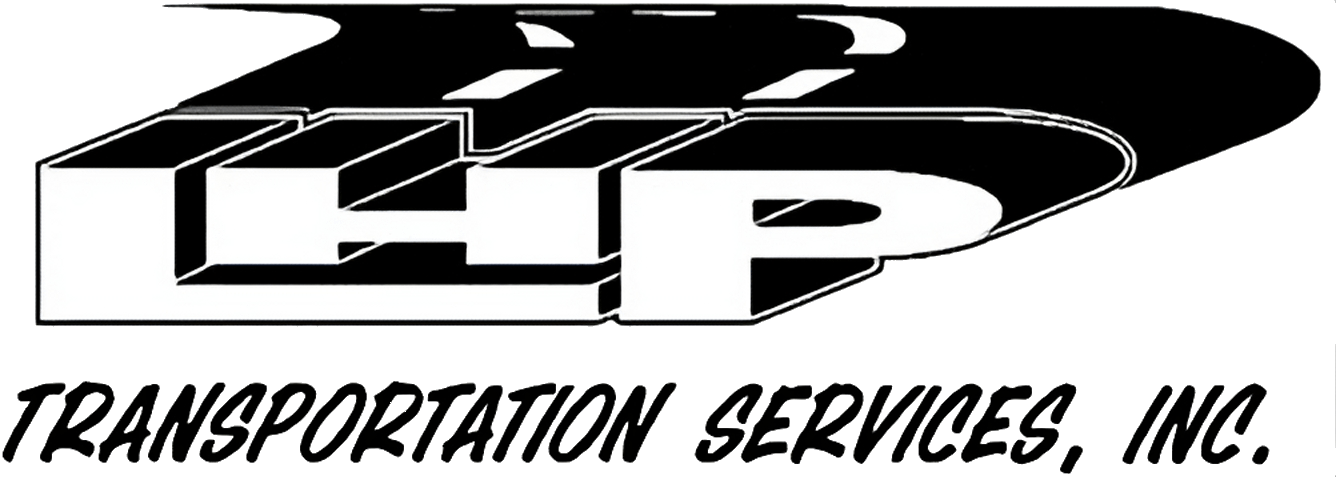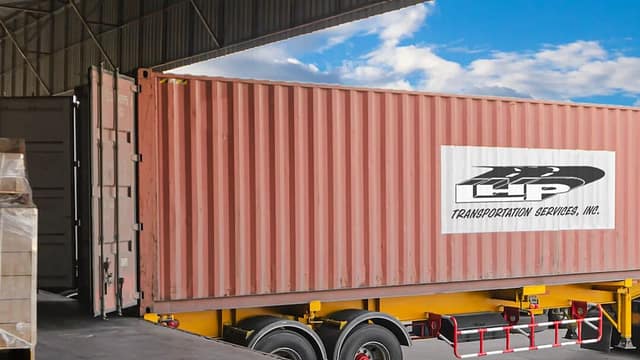
The Chilling Future: Trends and Predictions in Refrigerated Shipping
Refrigerated shipping plays a crucial role in meeting the growing demand for perishable goods, such as food and pharmaceuticals. As the food and pharmaceutical industries continue to expand, the need for efficient cold chain logistics services becomes increasingly significant. In order to stay competitive in the industry, it is essential to explore the latest trends and predictions in refrigerated shipping.
The global cold chain logistics market is expected to reach $21.6 billion by 2025, driven by the increasing population, changing consumer preferences, and advancements in healthcare. This growth in demand for cold chain logistics services presents both challenges and opportunities for businesses in the industry. By understanding the key trends and predictions, companies can adapt their strategies and operations to meet the evolving needs of the market.
Growing Demand for Cold Chain Logistics
The demand for cold chain logistics services is on the rise due to the expansion of the food and pharmaceutical industries. This growth is fueled by factors such as increasing population, changing consumer preferences, and advancements in healthcare. According to projections, the global cold chain logistics market is expected to reach $21.6 billion by 2025. With the globalization of the cold chain industry, freight forwarders are required to ensure quality and temperature control throughout the shipping process.
For example, the increasing popularity of fresh and healthy food has led to a surge in demand for refrigerated shipping services. Consumers are becoming more conscious of the quality and freshness of their food, and are willing to pay a premium for perishable goods that are transported under controlled temperature conditions. Similarly, the pharmaceutical industry relies heavily on refrigerated shipping to ensure the integrity and efficacy of medications. With advancements in healthcare and the development of new drugs, the demand for cold chain logistics services in the pharmaceutical sector is expected to grow significantly.
Digitization and Efficiency
The rise of health food trends and the growing middle class have led to an increased demand for perishable products, driving the need for a digitized and efficient cold chain industry. Online grocery services have emerged as a new trend, putting pressure on cold chain shipping services to enable timely delivery of perishable items. This requires the use of advanced technologies and real-time monitoring systems to maintain the quality and freshness of the products throughout the entire shipping process.
To meet the demands of a digitized and efficient cold chain industry, companies are investing in technologies such as GPS-enabled sensors and IoT-enabled devices. These technologies provide real-time data on temperature, humidity, and location, allowing businesses to track and monitor the condition of perishable goods throughout the shipping process. For example, a company may use GPS-enabled sensors to track the location of a shipment and ensure it is delivered to the customer within the required timeframe. Additionally, real-time monitoring systems can alert businesses to any deviations in temperature or humidity, allowing them to take immediate action to prevent spoilage or contamination of the products.
Expansion of Refrigerated Warehouses
To facilitate the transportation of fresh perishable items without compromising their integrity, there has been an increase in the number of refrigerated warehouses. These warehouses are equipped with temperature-controlled environments and advanced storage systems to ensure the proper handling and preservation of perishable goods. This expansion of refrigerated warehouses is crucial in meeting the growing demand for cold chain logistics services.
For example, a company may invest in a new refrigerated warehouse to accommodate the increasing volume of perishable goods. This warehouse would be equipped with state-of-the-art temperature control systems to maintain the quality and freshness of the products. Additionally, advanced storage systems such as automated pallet racking or conveyor systems can be implemented to streamline the handling and storage processes. By expanding their refrigerated warehouse capacity, companies can effectively meet the growing demand for cold chain logistics services and ensure the integrity of perishable goods.
Sustainable Cold Chains
In recent years, there has been a growing focus on developing sustainable cold chains. Cold chain operators are investing in technologies and practices that minimize the environmental impact and reduce costs. This includes the use of energy-efficient equipment, sustainable packaging materials, and optimized transportation routes. By prioritizing sustainability, businesses can meet customer expectations and align with global sustainability goals.
For example, a company may invest in energy-efficient refrigeration systems that consume less electricity and reduce greenhouse gas emissions. They may also explore alternative packaging materials that are biodegradable or recyclable, reducing the amount of waste generated. Additionally, optimizing transportation routes can help reduce fuel consumption and minimize the carbon footprint of the cold chain logistics operations. By adopting sustainable practices, businesses can not only reduce their environmental impact but also attract environmentally-conscious customers who prefer sustainable products and services.
Regulatory Compliance and Certifications
The manufacture and transportation of perishable items are subject to strict regulations to ensure food safety and quality. As a result, businesses in the cold chain industry are investing in additional certifications and adhering to governmental regulations. This ensures that the products are handled and transported in compliance with the required standards, providing peace of mind to consumers and reducing the risk of product spoilage or contamination.
For example, a company may obtain certifications such as ISO 22000 for food safety management or Good Distribution Practice (GDP) for pharmaceutical transportation. These certifications demonstrate the company’s commitment to maintaining high standards of quality and safety throughout the cold chain logistics process. By adhering to regulatory requirements and obtaining certifications, businesses can build trust with customers and differentiate themselves from competitors who may not have the same level of compliance.
Technological Advancements
Technology plays a vital role in the cold chain logistics industry. GPS-enabled sensors and IoT-enabled devices are being used for real-time monitoring and traceability in cold chain logistics. These technologies provide valuable data on temperature, humidity, and location, allowing businesses to track and monitor the condition of perishable goods throughout the shipping process. Advancements in temperature and location tracking technologies have also enabled the use of steamships for pharmaceutical transportation, ensuring precise temperature control and quality assurance.
For example, a company may use GPS-enabled sensors to track the temperature and location of a pharmaceutical shipment during transport. This real-time data allows them to ensure that the products are maintained within the required temperature range and that any deviations are immediately addressed. Additionally, advancements in temperature control technologies have made it possible to transport pharmaceuticals via steamships, which provide a stable and controlled environment. These technological advancements not only improve the efficiency and accuracy of cold chain logistics operations but also enhance the quality and reliability of the services provided.
Projected Growth of the Refrigerated Transport Market
The global refrigerated transport market is estimated to reach $25.65 billion by 2030, with a compound annual growth rate (CAGR) of 6.The global refrigerated transport market is estimated to reach $25.65 billion by 2030 with a CAGR of 6.10% during the forecast period. Factors driving this growth include increasing demand for perishable goods, consumer preference for fresh and healthy food, and concerns about food safety and quality. Currently, Europe dominates the refrigerated transport market, with significant growth expected in the Asia Pacific region. The Asia Pacific region is witnessing rapid industrialization, leading to a surge in demand for convenience food products.
For example, the growing population and rising disposable incomes in the Asia Pacific region have resulted in increased consumption of convenience food products. As a result, there is a greater demand for refrigerated transport services to ensure the timely and safe delivery of these perishable goods. Additionally, the increasing awareness of food safety and quality among consumers is driving the demand for refrigerated transport services in regions such as Europe, where stringent regulations and standards are in place.
Conclusion
In conclusion, the future of refrigerated shipping holds tremendous potential and opportunities for growth. Adapting to the latest trends and predictions in the cold chain logistics industry is crucial for businesses to stay competitive. The expansion of the food and pharmaceutical industries, digitization and efficiency, the expansion of refrigerated warehouses, sustainable practices, technological advancements, and the projected growth of the refrigerated transport market are all factors to consider. By embracing these trends and making strategic investments, businesses can position themselves for success in the evolving refrigerated shipping industry.




